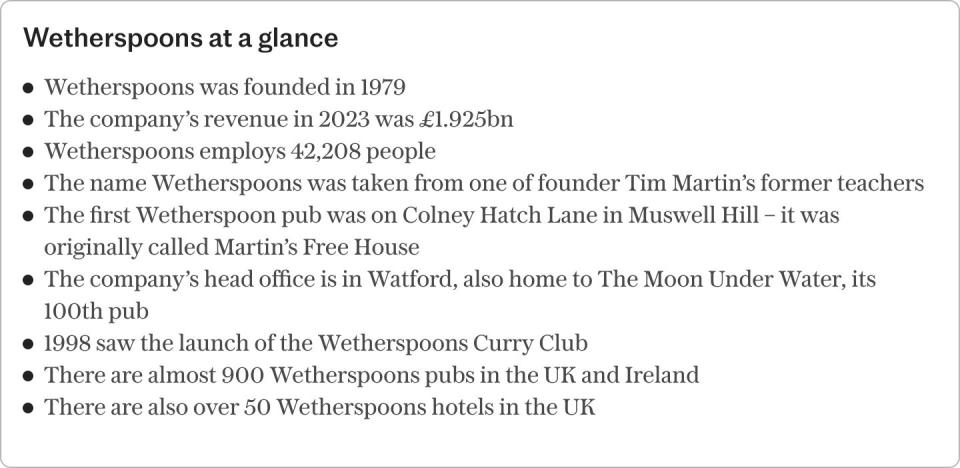I was recently pondering where to meet someone for a morning meeting at work in Greenwich. A coffee shop? Too small, too noisy. Outside? Risky, to say the least, given the British weather. A pub? Perhaps unwise at that hour. A greasy spoon? Tempting, but it’s hard to chat over a bite of fried food.
Then the obvious answer struck me. Wetherspoons. It’s the most versatile venue on the British high street, equally at home for a morning coffee or an evening drink, home to the “Curry Club”, funky carpets, great value beer, app-based table delivery, family-friendly food and a clientele that spans the spectrum. And always generously sized.
Because Spoons can mean something different to everyone, it has become the Woolworths of the 21st century, but with pints of Doom Bar for £1.59.
It should come as no surprise then that an enterprising holiday company, MyUKTour, has started offering two separate seven-day tours of some of the UK’s best-known Wetherspoons: one in the north of England and one in the south.
Ever dreamed of a trip to The Corn Exchange in Bury St Edmunds (Britain’s poshest Spoons), The Golden Lion in Rochester (best carpet) and Ramsgate’s Royal Victoria Pavilion (largest Spoons of them all)? Then you’re in luck.
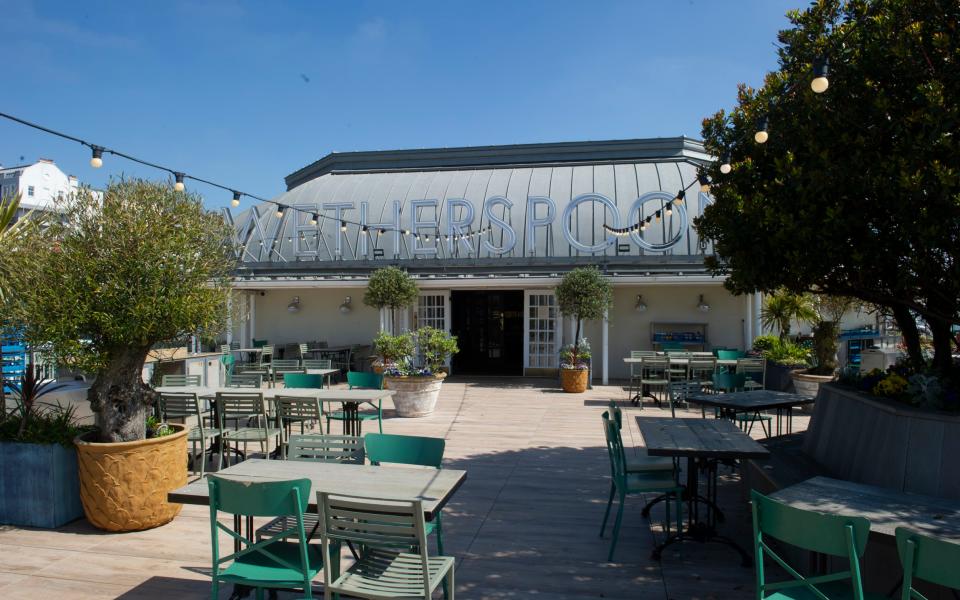
It sounds like fun – and at worst a good way to get to know England (presumably Scottish and Welsh tours are still in the planning stages). My local Spoons, Brockley Barge in south London, attracts a truly representative cross-section of the local community: young and old, black and white, beer drinkers, cocktail lovers, party animals and old men with nowhere else to go. The neighbourhood has nothing else remotely diverse in terms of clientele (although I have to admit I had one of the worst pints of cask ale of my life there last year).
The success of Wetherspoons is entirely down to founder and chairman Tim Martin. He is 6ft 4in and always has an opinion. He has become a source of criticism, with many people who have never been to a Spoons pub vowing to boycott it because of his widely held Brexit views. But he has an uncanny, unparalleled talent for running British pubs.
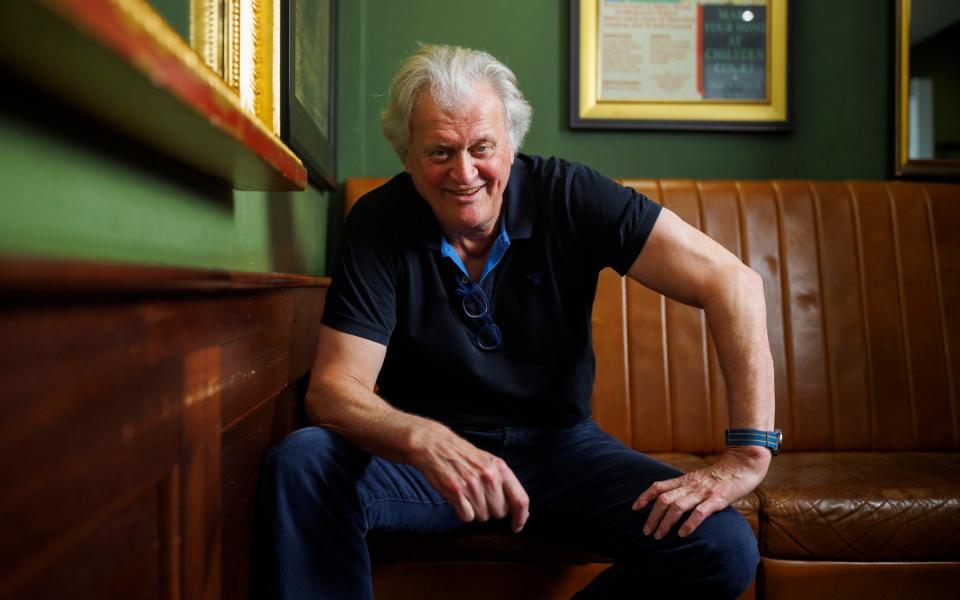

The company has recently closed a number of venues with low staff turnover (including one of my favourites, The Capitol in Forest Hill), opting instead to invest in high-footfall venues such as The Lion and Unicorn, a huge new pub in Waterloo Station due to open later this year. This approach appears to be paying off. At a time when many Britons are feeling the pinch financially, Wetherspoons is flourishing: profits have soared, so much so that Martin claims to be planning somewhere in the region of 200 additional pubs.
So while Spoons isn’t perfect – a good independent pub will always be better, if not cheaper – it has plenty going for it, not least that it has kept so many attractive and historically significant buildings in public use. Buildings worth travelling for? Judge for yourself.
Five Wetherspoons Worth Traveling For
1. Caley Painting House, Edinburgh
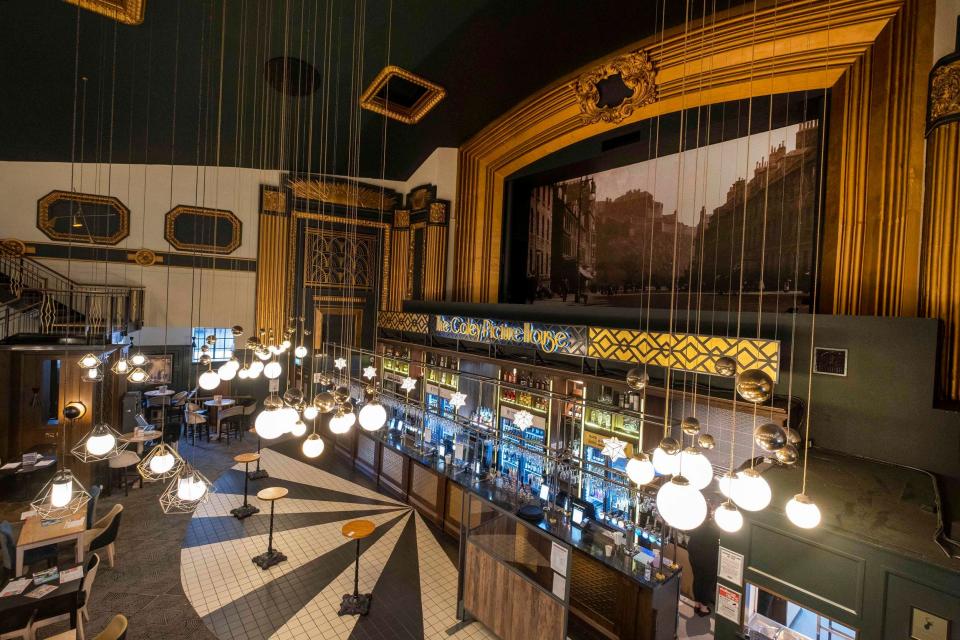

Several former cinemas have become Spoons over the years, including the Picture Playhouse in Bexhill and the Prince of Wales in Cardiff, and for good reason: they make very atmospheric, attractive pubs. The Caley Picture House is a suitably elegant venue for Britain’s finest city.
An Art Deco building that opened in 1923, it was a cinema, then a music venue and nightclub before becoming a pub in 2016. The award-winning restoration has sought to showcase several original features, including trumpet-shaped pendant lights and diamond-shaped mirrors in the toilets. The best seats are on the upper mezzanine, overlooking the rest of the pub.
2. Hamilton Hall, Liverpool Street
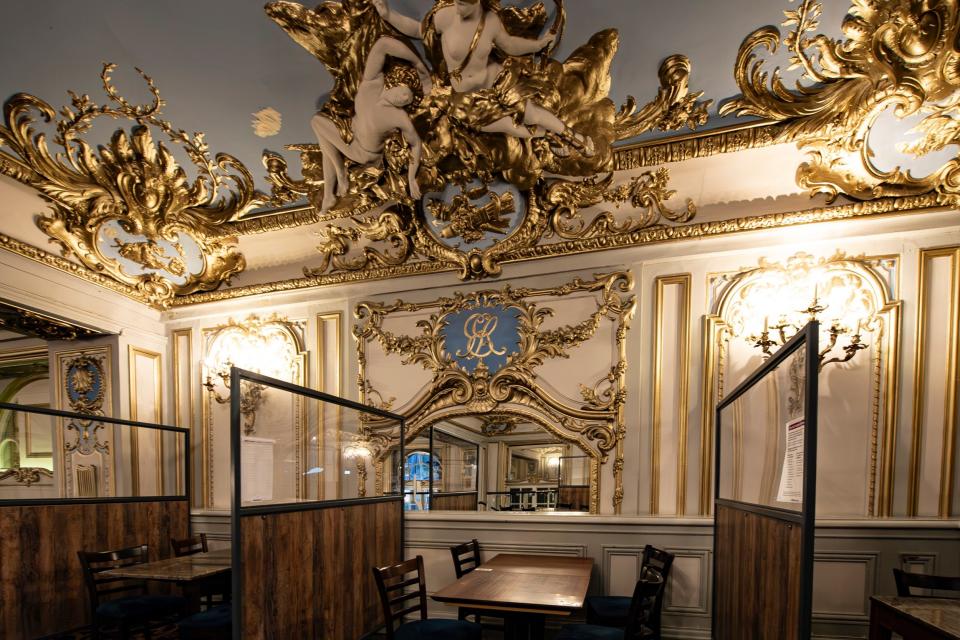

Of all the Wetherspoon station pubs, this is probably the most impressive. Which is hardly surprising when you consider that it was once the ballroom of the Great Eastern Hotel, which opened in 1884. Named after Lord Claud Hamilton, chairman of the railway company that built the station, the pub remains an elegant place for a drink, especially if you sit in the upper bar, where you can almost reach out and touch the intricate rococo plasterwork on the ceiling.
There are TV screens showing train timetables. The place opens at 7am for breakfast and a pint. No wonder this is one of the busiest and noisiest Wetherspoons in London.
3. Royal Victoria Pavilion, Ramsgate
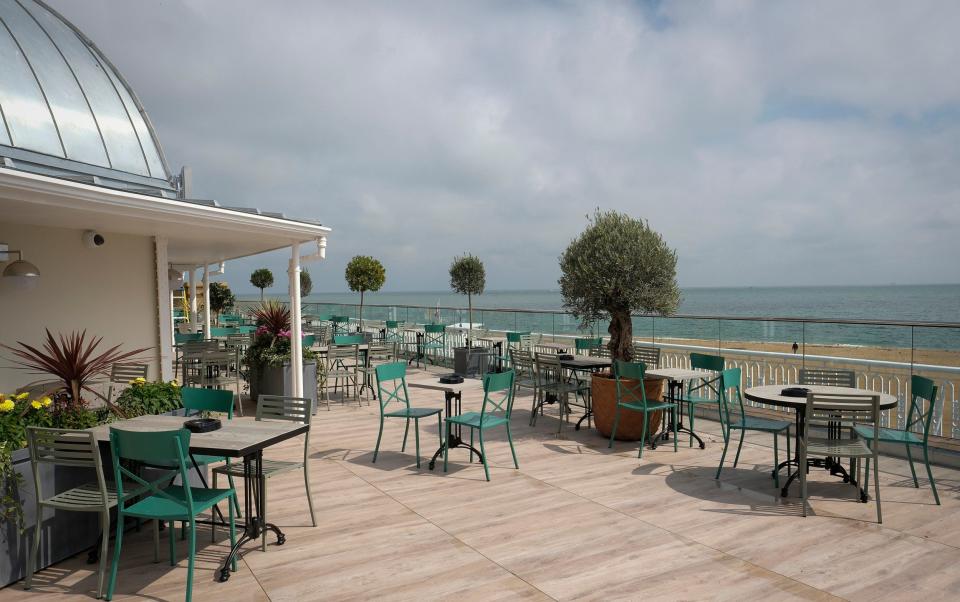

Kent has many high-quality Wetherspoons. There’s the aforementioned Rochester branch and the carpet; Tunbridge Wells, which occupies the city’s former opera house and apparently attracted a petition against it that looked very much like the brand when it opened as a pub in 1996; and this one, the crème de la crème.
The Royal Victoria Pavilion, a French Classical building opened in 1903, had fallen into disrepair before being rescued by Wetherspoons and reopened in 2017. Ramsgate is a great pub town – the local brewery, Gadds’, is one of the best in England – but any visit here should include a drink overlooking the sea at The Pavilion, Britain’s largest Wetherspoons.
4. Trent Bridge Inn, Nottingham
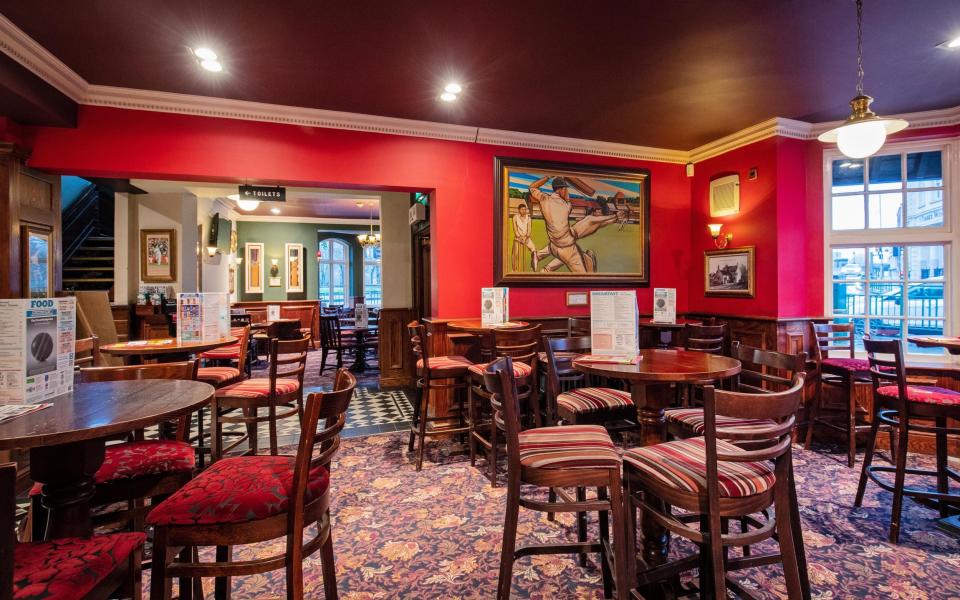

Some Wetherspoons pubs, such as the Trent Bridge Inn, were pubs long before Tim Martin first blew the foam off a pint of cask ale. This is a truly historic pub, although much of its history predates the current version, built in 1890.
The Inn has played an important part in Nottingham’s rich sporting history – the famous cricket ground was built on a meadow behind the pub by William Clarke, captain of the All-England team and husband of Mary, who ran the Inn. Perhaps unsurprisingly, this is one of Wetherspoons’ most traditional pub-style venues, with a variety of rooms and some attractive dark wood panelling.
5. Winter Gardens, Harrogate
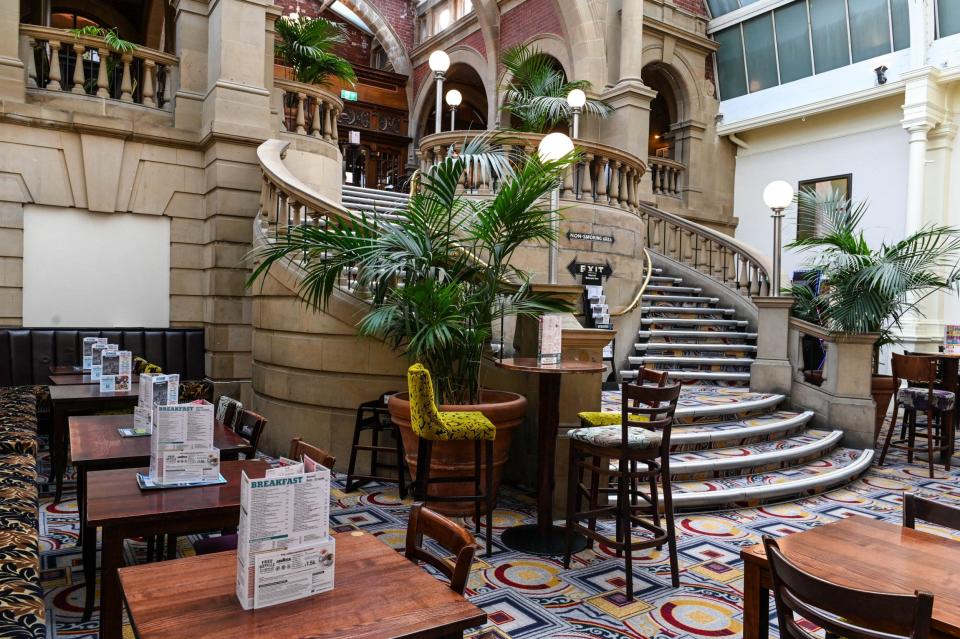

Sometimes you have to laugh at the historical irony of Wetherspoon’s pubs – places like the Sedge Lynn, a former Temperance billiard room in Manchester, or this venue, built as part of the former Harrogate Royal Baths, where various health conditions were ‘treated’.
The Winter Gardens were a place where visitors could stroll among trees and plants when the Yorkshire weather was uncooperative. Pints have now replaced the plants, making this one of Britain’s most elegant pubs. The highlight is the wide, forked stone staircase that leads from the main entrance to the bar.
